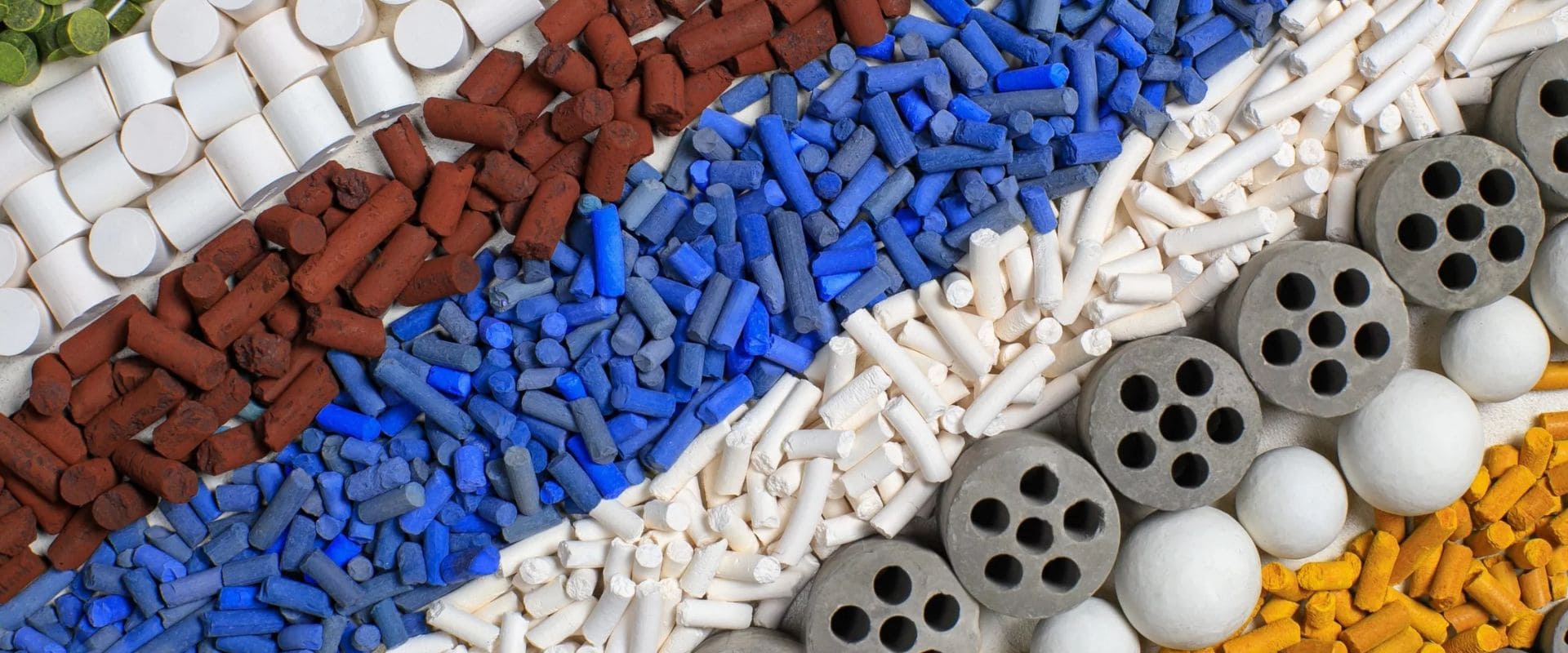
Characterizing
Materials
for Catalyst
Development
Materials
for Catalyst
Development
Abstract
This Blog underscores nanoscale material characterization's pivotal role in optimizing catalyst performance, tailoring formulations for enhanced industrial efficacy.
Blog
Catalysis, central to numerous chemical processes, shape’s reaction kinetics and selectivity. To attain peak catalytic performance, a profound comprehension of material properties dictating catalyst behavior is essential. Essential techniques like surface area analysis, microscopic analysis, reveal key features, enabling precise tailoring of catalyst formulations for specific reactions and enhancing efficiency. Insights gained aid in tailoring catalyst formulations for specific reactions, optimizing their efficiency. In catalyst development, a nuanced understanding of nanoscale phenomena is crucial for refining outcomes in diverse industrial applications.
Understanding the Essence of Catalyst Development
Creating an efficient catalyst is a multifaceted challenge. It requires a delicate balance between activity, stability, and selectivity. Material scientists and chemists engage in a meticulous process of trial and error, seeking to understand the intricacies of catalyst behavior at a molecular level. This is where material characterization steps in as a guiding light.
Importance of Material Characterization
Material characterization serves as a fundamental pillar in catalysis, offering a window into the intricate world of physical and chemical catalyst properties. Researchers rely on these insights to meticulously craft catalyst formulations, aiming for heightened performance. The critical properties scrutinized encompass surface area, which influences available active sites, particle size, influencing reactivity, and composition, determining the catalyst's elemental makeup. Additionally, porosity insights guide the understanding of mass transport limitations, crystal structure reveals the arrangement of atoms influencing catalytic activity, and identification of active sites aids in optimizing catalyst design for targeted reactions. Overall, the detailed knowledge that comes from material characterization empowers researchers to fine-tune catalysts with precision, advancing their effectiveness in driving chemical transformations.
Some characterization techniques:
Surface Area and Porosity Analysis
- Measures specific surface area, pore size distribution, and porosity.
- Aids in optimizing catalyst design by understanding available surface area. Transmission Electron Microscopy (TEM)
- Offers nanoscale images of catalyst particles and internal structures.
- Provides insights into particle size, shape, and distribution.
Nuclear Magnetic Resonance (NMR)
- Studies atomic-level interactions within catalyst materials.
- Useful for understanding dynamic behavior during reactions and catalytic mechanisms.
Computational Approaches
- The combination of experimental data and Density Functional Theory (DFT) simulations creates a synergistic approach.
- Precision in fine-tuning is achieved by adjusting catalyst parameters for optimal performance.
Material characterization is the cornerstone of catalyst development and optimization. The integration of advanced analytical techniques, ranging from surface area analysis to computational approaches, empowers researchers to design catalysts with enhanced activity, selectivity, and stability.
×
![]()
|
DOWNLOAD BROCHURE
|
|
REQUEST FOR QUOTATION
|


